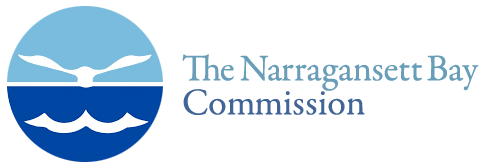January 8, 2025
Nutrient samples were collected from eleven river stations on January 8th. No samples were collected from bay stations due to adverse weather conditions. In the five days prior to sampling, trace amounts of precipitation were recorded at T.F. Green.
The highest total nitrogen (TN), total dissolved nitrogen (TDN) and dissolved inorganic nitrogen (DIN) concentrations were observed at Ten Mile River @ Central Ave. (TN = 2,760 ppb, TDN = 2,970 ppb, DIN = 2,729 ppb – averages of duplicates). The lowest TN, TDN and DIN concentrations were observed at Coles River @ Milford Rd. (TN = 641 ppb, TDN = 650 ppb, DIN = 209 ppb).
The next scheduled sampling date is January 22, 2025.
